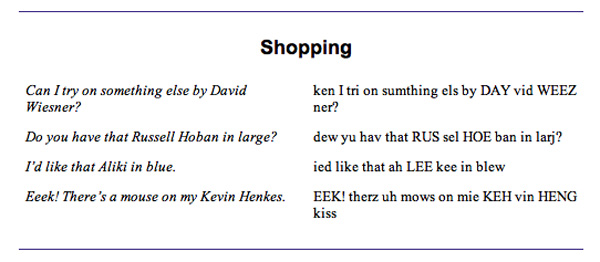My first visit to the Museum Of Modern Art was memorable, to say the least.
I’m sure I went to museums before that, although I can’t specifically say where. Most of the art I knew, I had seen in books. I often speak about spending time as a kid in the stacks of the Bound Brook Public Library. It was there that I would pore over the Time/Life books on the great artists:

All of it remarkable, but I connected with certain work immediately. Most of the big names, like Michelangelo, Durer, and da Vinci. The settings of the portraits were often as interesting as the subject. For example:


We all know her, but look at the landscape she’s in front of. Completely imagined – there’s no place on Earth like that. It looks like Mars. I love it.
Another favorite – Bruegel:

Your eye can move from the foreground and then back through the paths and hills in the middle ground and then far into the deep background and all the details are rendered with incredible clarity. It sucks you right into the picture. The scenes are full of stories.
And Picasso:


I didn’t really know what to make of his work. I was eleven or twelve, so it’s not surprising that I couldn’t relate.
But, it was the volumes on the surrealists that affected me the most. The academic nature of the painting technique applied to strange, dream-like imagery was enthralling. At eleven or twelve, this was art I could totally relate to.
The poster child for surrealist painting is, of course, Salvador Dali’s, The Persistence Of Memory:

Having only seen these images reproduced in a book, my pre-teen self couldn’t fathom how a person could actually paint one. It seemed unattainable.
A few years after that, when I was fifteen and in tenth grade there was an optional school trip is scheduled to go to the Museum Of Modern Art in New York City.
One problem. I am on the JV basketball team and we have a pre-season scrimmage that afternoon. The bus will not be back in time for me to make the game.
So, yes, in high-school I played sports for a while. I attended Bridgewater-Raritan High School (East) and there were two art teachers, Bob Bernabe and Marty Radeer. They were terrific:

Bob and I still talk and see each other regularly. I gave him a shout-out in my book, June 29.1999:

Marty (Or, Mr. Radeer, at that time), was also one of the assistant JV basketball coaches, as well as the coach of the sophomore team (There were enough schools with a lot of tenth-graders, so there was a schedule for extra games for all-sophomore teams).
Here we are, JV on the left, sophomore team on the right, with Mr. Radeer:

A digression.
My name is almost always pronounced wrong and/or spelled wrong. Every major event of my life, spelled wrong or pronounced wrong.
For example:


And I thought the sisters were infallible.
So, it’s no surprise that the yearbook got my name wrong in the b-ball picture:

What’s weirder is the “Dave”. Partway through college I became David, so it’s strange to see Dave again. My kids chuckle over things like this. Dave.
To set the record straight, I’ll let Jon Scieszka (And I’m complaining?) tell you, from an article he wrote for The Horn Book:

Back to the museum. I decide to skip the scrimmage, because, well, MoMA had The Persistence Of Memory – the actual painting!
I figured that since Mr. Radeer was one of the assistant coaches, I was safe. He’d back me up about how important this was.
And then there I was, wandering around the museum, when I turned a corner and was confronted by this:

Picasso’s Guernica was for many years on loan to MoMA. It’s huge:

The scale of it is a big part of its power. I found it overpowering and moving. I just walked back and forth in front of it again and again. That was my entry into relating to Picasso’s work.
I kept wandering through the museum and then saw, across the gallery on a wall, something familiar. I walked closer, thinking, “No, that’s can’t be it”.
But, it was. Dali. The Persistence Of Memory.
And it was tiny! 9 inches by 13 inches:

Unlike the massive presence of Guernica, the Dali was unassuming. Disappointing? Not a bit, just surprising. And … comforting.
It was small. I could see the brushstrokes. This was made by a real person.
I could imagine painting it. That was an enormous realization. In the reproductions I knew it seemed so far beyond my ability to comprehend creating something like that. But, in person it felt approachable. Not that I could paint at that level yet, but I could see how I could. Seeing the reality of the hand that made that image made me feel that within me was the ability to make something of substance, too. I couldn’t have put it into words at that time, but that was the feeling.
Two paintings – one large, one small – changed the way I looked at art. Not a bad day at the museum.
Oh, the basketball scrimmage? The next day at practice, I walk into the gym and realize it was going to be a long afternoon. Mr. Radeer wasn’t going to be able to help me much.
The coach starts in right away. “Oh, look, here comes Wiesner! He’d rather be going to art museums than playing basketball!”
Yes coach. Yes I would.